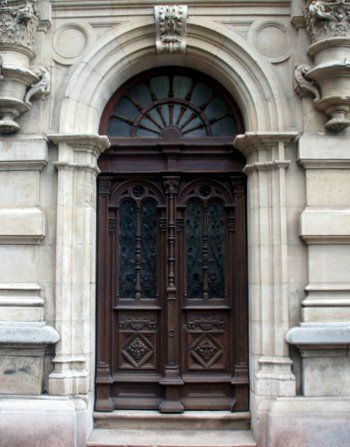Accompanied Inspection
In response to increasing requests from Clients in recent years, Walker Jones Chartered Surveyors are able to offer this popular service (at a nominal additional fee currently Total £150) whereby a Client may accompany the inspecting Surveyor during the carrying out of the inspection as part of the preliminary preparation for the commissioned Report.
In some cases an accompanied inspection may not be appropriate but if agreed then there will be certain restraints and procedures to observe in undertaking the ‘accompanied’ inspection which you should be aware of including:-
Contact Us
Contact Us
We will get back to you as soon as possible.
Please try again later.
- The Surveyor must obtain permission from the vendor or Selling Agent agreeing to the accompanied inspection. Some Agents/vendors do not wish to agree and as the Surveyor is a guest in the property such a refusal must be respected. The Surveyor will make the appropriate request/arrangement.
- The Client attends and accompanies ENTIRELY at the client’s own risk. Surveyors normal Insurance policies do not provide for liability in respect of accompanied inspections.
- The Surveyor is responsible for the manner and extent to which a property is inspected and must respect any restrictions/instructions imposed by a vendor/agent when conducting the inspection.
- Due to operational restrictions there may be parts of the property which the Surveyor may inspect but where the Client may not be allowed. One such example are roof spaces because the Surveyor will be experienced in the care necessary to inspect those parts of the structure but a Client will not be so experienced or familiar with the risk of damage/injury to property or person. Clients will not normally therefore be permitted to climb into a roof space.
- The inspection we undertake has to be a ‘non-invasive’. The limitations of inspection and the extent have been agreed with the Client as set out in the Terms/Details already sent. In summary we are not able to test services or ‘open-up’ or expose areas covered with furnishings or floor-coverings, move items in cupboards, disturb insulation or open-up areas of ‘lining’ or of panel walls.

6. The Surveyor will normally follow his own ‘habit’/procedure for inspection which he may adapt to take account of weather conditions or particular requirements of the vendor during inspection but will probably be as follow:
- a) arrive at the agreed time, meet Client, introduce with vendor plus a few initial questions/discussion with vendor
- b) Commence the internal inspection starting from the top floor of accommodation, room by room moving down through other floors and noting the position of roof ceiling hatches/eaves access doors
- c) then moving to inspect the exterior elevation by elevation, noting aspects of the structure, air brick and drainage access hatch positions, inspecting accessible/open outbuildings, apparent extent of site etc
- d) moving again to the interior with ladders/torch to inspect any accessible roof space areas and taking moisture meter readings to appropriate areas (if not already done so)
- e) returning to any external features with keys to open garages etc if available and to view/lift any accessible drainage inspection covers which can readily be lifted
- f) departure discussion with vendor and final discussion with Client (although discussion will have taken place with Client during the inspection).
Clients appreciate the inevitable discussions with the Surveyor as the inspection progresses prior to the formal balanced written report which is normally emailed and Posted within 24/48 Hours of inspection. No action or decisions on purchase should be taken PRIOR to receipt of the Report because there may be matters contained within the Report (or upon which the Surveyor has had to enquire further) which were not covered or discussed during the inspection.
The Client does not need any special items of clothing except for a water-proof ‘weather appropriate’ coat and should be aware that some vendors require shoes to be removed upon entering a home.
We hope the above will enable the most to be gained from the accompanied inspection.
CONTACT US
North Wales, Chester & North Shropshire
Unit 3. Old Bank Buildings, Berwyn Street, LLANGOLLEN, Denbighshire LL20 8ND
Call: 07850 933015
Email: walkerjones1993@gmail.com
North Yorkshire
46 Westminster Road, York, North Yorkshire YO30 6LY
Call: 07850 933015
Email: walkerjones1993@gmail.com
NAVIGATION
STAY INFORMED
You need a helping hand with your project?
We will get back to you as soon as possible
Please try again later
All Rights Reserved | Walker Jones


